What I REALLY learned from the Nicoyan Blue Zone
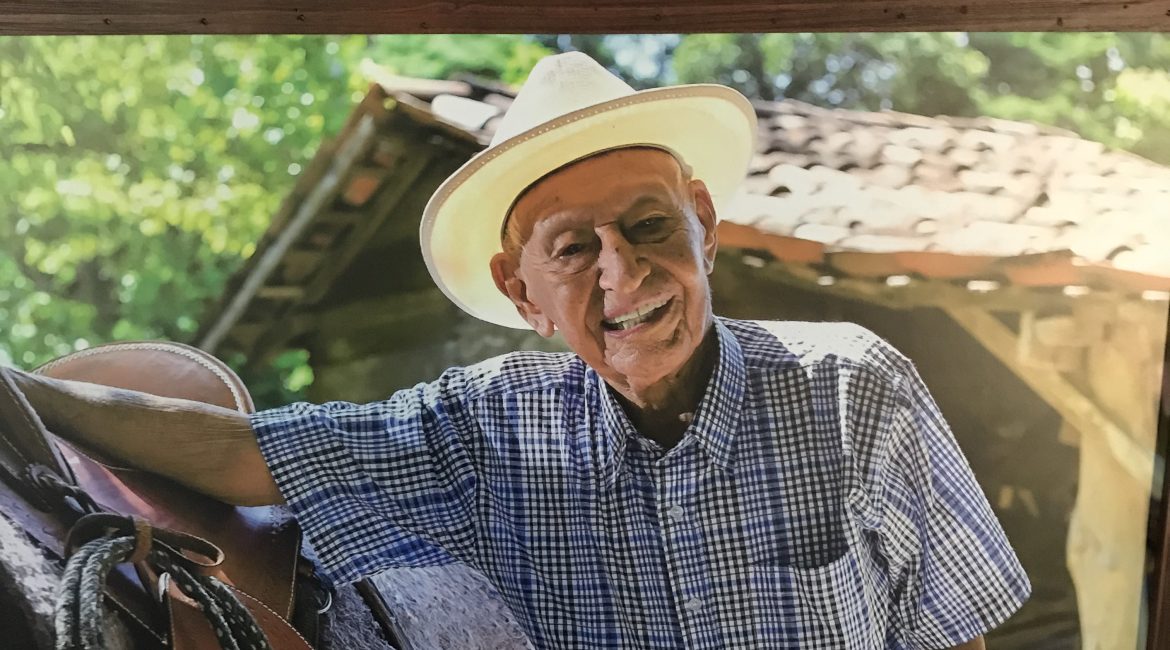
In December Dave’s family and my family travelled together to the Nicoya region of Costa Rica to explore a real life blue zone.
What is a blue zone you ask?
It’s an area of the world that has been scientifically validated to have an unusually high number of centenarians (folks that live over 100). The actual term Blue Zone began when researchers were drawing these regions on a map and they circled them with a blue marker……and there you have your piece of semi-useless trivia for the day. Your welcome.
Dave and I are obsessed with longevity. We attend conferences, read books, listen to podcasts, don’t eat one full a day a week….really anything that we think will help us live longer.
Blue Zones were popularized by a book that Dave mentioned in our last blog by Dan Buettner. While we were away we both vowed to read the book, however in a classic case of what our wives would describe as ‘poor planning’ we ended up only buying one copy meaning only Dave actually read it while we were there.
The result? Dave was fairly informed on the Nicoya blue zone while we were there exploring. I got to experience the blue zone completely blind to any research on why the people there actually live longer.
You may think this isn’t ideal, however it afforded me to ability to read the book once we were back home and really reflect on my memories of the region to reinforce certain aspects that stood out as ‘different’ in this area and may explain why people tend to live longer in Nicoya.
For this blog, I am relaying a handful of pertinent quotes from Buettner’s book on why these people live so long and reconciling them with our direct experiences of the Nicoya Region.
“A combination of family duty, community pressure, and genuine affection for elders kept centenarians with their families until death. This gave people over 80 a huge advantage……a sense of belonging.”
If we had any question on whether this was true, it was immediately quashed upon entering the Nicoya town square. They had an exhibit up celebrating their centenarians. Dave and I counted 55 posters of people currently over 100 years of age. While you may not be too impressed by this, consider that there are only 47,000 people in the Nicoya region. In the US, only 1 in 20,000 males will live to 100. And they aren’t just living. Check out these pics: Consider their happiness oozing through the prints. Then consider they are 102, 105, 102 and 102. Unreal.
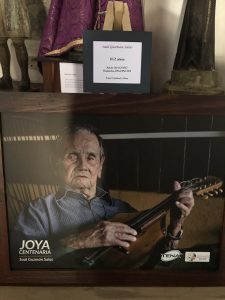
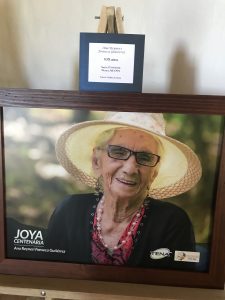
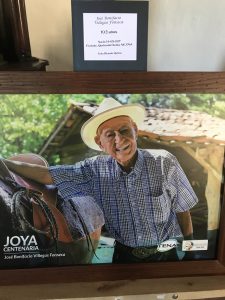
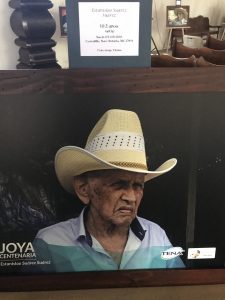
….the water hardness, the calcium and magnesium content was higher in Nicoya than anywhere else in Costa Rica.
When Dave and I randomly interviewed people throughout the week asking why Nicoyans specifically lived longer then other regions of Costa Rica, we consistently heard ‘it is something in their water’. We would laugh this off as we thought they were using an expression common in Canada….”your son is so big, what’s in your water?” Turns out there’s actually something to it. You see populations with hard water across the globe have up to 25% fewer deaths from heart disease than populations with soft water likely due to an increased calcium content. Who knew.
Mechanization and technology have replaced long hours and hard work; cars and trucks have eliminated much of the need to walk long distances; a culture disseminated by television is replacing the one that put the emphasis on family and community; and junk foods are replacing the whole-grain breads and fresh vegetables traditionally consumed here.
This was painful to see. It started when our bags didn’t get delivered from Canada. We shoved all 4 adults and 5 kids in our oversized rental van and drove into a city looking for a local shop to buy clothing. We ended up at a Walmart (see below). In Nicoya, the major turn into the city is landmarked by a KFC. One of the most telling stories for me in the book is from the blue zone in Okinawa Japan. The researchers split Japan into dozens of regions for comparison sake. Historically Okinawa has always had the highest mean and median lifespan. Then a dramatic influx of American fast food restaurants to the region (highest density of any region in Japan) has seen the population split in two. Okinawa still has one of the highest percentage of old centenarians anywhere in the world, however these folks stick to their traditional way of life and specifically their traditional diets. Young people in Okinawa now have an average lifespan that is below average for Japan due to an influx of cardiovascular diseases and diabetes secondary to this Americanized diet. Indeed, the most important and unique longevity factors have disappeared or are disappearing quickly from residents’ everyday lives. Sad.
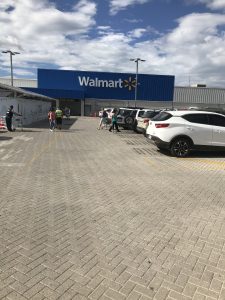
Like the people in most other Blue Zones, Nicoyans are the emblematic low-calorie, low-fat, plant-based diet, rich in legumes.
Dave went over this in some detail in our last blog. I became so obsessed with the rice and beans dish (Gallo Pinto) that we had at every meal in Costa Rica that I have been on a quest at home to perfectly recreate it. The issue is to have authentic Gallo Pinto you need a specific ingredient called Salsa Lizano. This stuff is like ketchup in Costa Rica. After attending half a dozen grocery stores and markets I came up blank. My journey ended up taking me to Kensington Market and a sketchy looking Costa Rican grocery store. Upon entering I knew I was in the right place…..a literal wall with one item. Salsa Lizano. I even bought Dave one for Christmas.
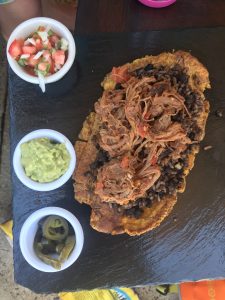
Pura Vida!
